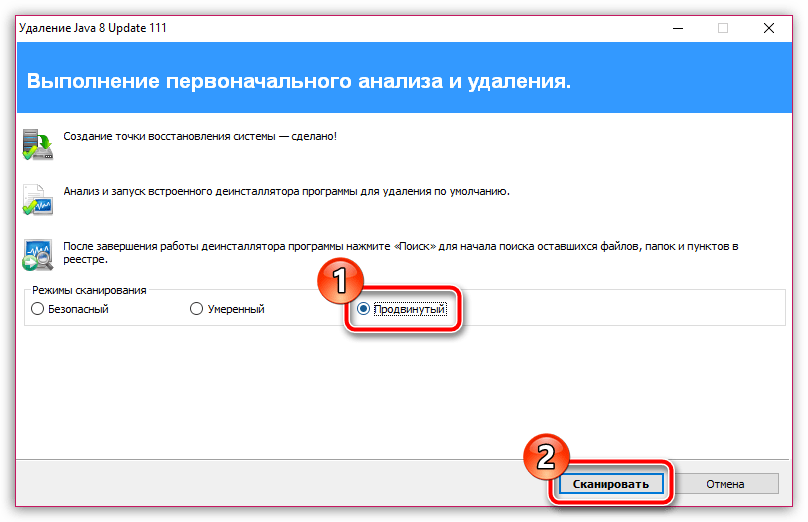

- HOW TO ENABLE JAVA IN FIREFOX ON LINUX MACHINE INSTALL
- HOW TO ENABLE JAVA IN FIREFOX ON LINUX MACHINE SOFTWARE
- HOW TO ENABLE JAVA IN FIREFOX ON LINUX MACHINE CODE
- HOW TO ENABLE JAVA IN FIREFOX ON LINUX MACHINE WINDOWS
HOW TO ENABLE JAVA IN FIREFOX ON LINUX MACHINE CODE
The order of use is based on the regional code and the default order of A-Z. This is because different default fonts can be set in each program, such as Arial or Tohamo, and the attributes of these fonts are controlled by fontconfig. It is recommended to modify the former.įor Chinese fonts settings, see Fonts (简体中文) and Font configuration (简体中文).įont Configuration (简体中文)/Chinese (简体中文) provides a demonstration of Chinese fontconfig.įixed Simplified Chinese display as a variant (Japanese) glyphĪfter installing Noto Sans CJK, adobe-source-han-sans-otc-fonts (Siyuan Bold) or adobe-source-han-serif-otc-fonts (Siyuan Song), in some cases (framework undefined area), rendered Chinese characters do not match the standard form, such as 门, 关, and 复. The setting file of fontconfig is ~/.nf (user) or /etc/fonts/conf.d (global). (Discuss in Talk:Localization/Simplified Chinese) It may be preferable to link to Font configuration#Fontconfig configuration or Font configuration (简体中文)#Fontconfig配置 instead of explicitly mentioning font configuration paths. Reason: The ~/.nf path appears to be deprecated. Prepend the following two lines to one of the two files (if you are not sure which file to use, prepend to both): It is not recommended to set a global Chinese locale in /etc/nf because it causes tty to display garbled characters.Īs mentioned earlier, Chinese locale can be set separately in ~/.xinitrc or ~/.xprofile.

Set Chinese locales for graphical interfaces xprofile: Settings are applied everytime you log in using a display manager such as GDM. xinitrc: Settings are applied everytime you use startx or SLiM to start the X interface. bashrc: Settings are applied everytime you log in using the terminal. You may set your own user environment variables in ~/.bashrc, ~/.xinitrc, or ~/.xprofile. To avoid the tty garbled text issue mentioned above, globally set the LANG locale to en_US.UTF-8 in /etc/nf: Set the global default locale to English (optional) To properly display Chinese characters under tty, install and configure zhcon AUR. Warning: Globally setting Chinese locales in /etc/nf will cause tty to display garbled texts due to the tty glyph limitation of Linux kernel. You may use locale to view the currently used locale(s), and locale -a to view the currently available locales. You need to modify /etc/locale.gen to set the locales that can be used in the system (erase the comment symbol " #" before the corresponding item):Īfter executing locale-gen, the selected locales can be used in the system. Commonly used Chinese locales are (the most intuitive is the number of words that can be displayed): In Linux, locales are used to set up different environments for running programs. To properly display Chinese, you must set the locale correctly and install the appropriate Chinese fonts.
HOW TO ENABLE JAVA IN FIREFOX ON LINUX MACHINE WINDOWS
HOW TO ENABLE JAVA IN FIREFOX ON LINUX MACHINE SOFTWARE
Using upcoming version of Firefox on Ubuntu using PPA ĭevelopers use PPA in Ubuntu to provide an easier way of installing software under development.

You’ll see that when you start Firefox now, it uses the new Quantum version. Now create a symbolic link to the Firefox in /usr/bin so that all users will be able to run it: sudo ln -s /opt/firefox/firefox /usr/bin/firefoxĪnd that’s it. Now move the extracted Firefox Quantum directory to /opt sudo mv ~/Downloads/firefox /opt/firefox Step 4: Just to make sure that you don’t have a Firefox there already, run the command below: sudo rm -r /opt/firefox It’s a standard practice to use /opt directory for keeping application files. Now copy the extracted files in /opt directory. cd ~/Downloads/ tar xjf firefox-* Step 3: If you haven’t extracted it already, open a terminal and use the following commands to extract it.


 0 kommentar(er)
0 kommentar(er)
